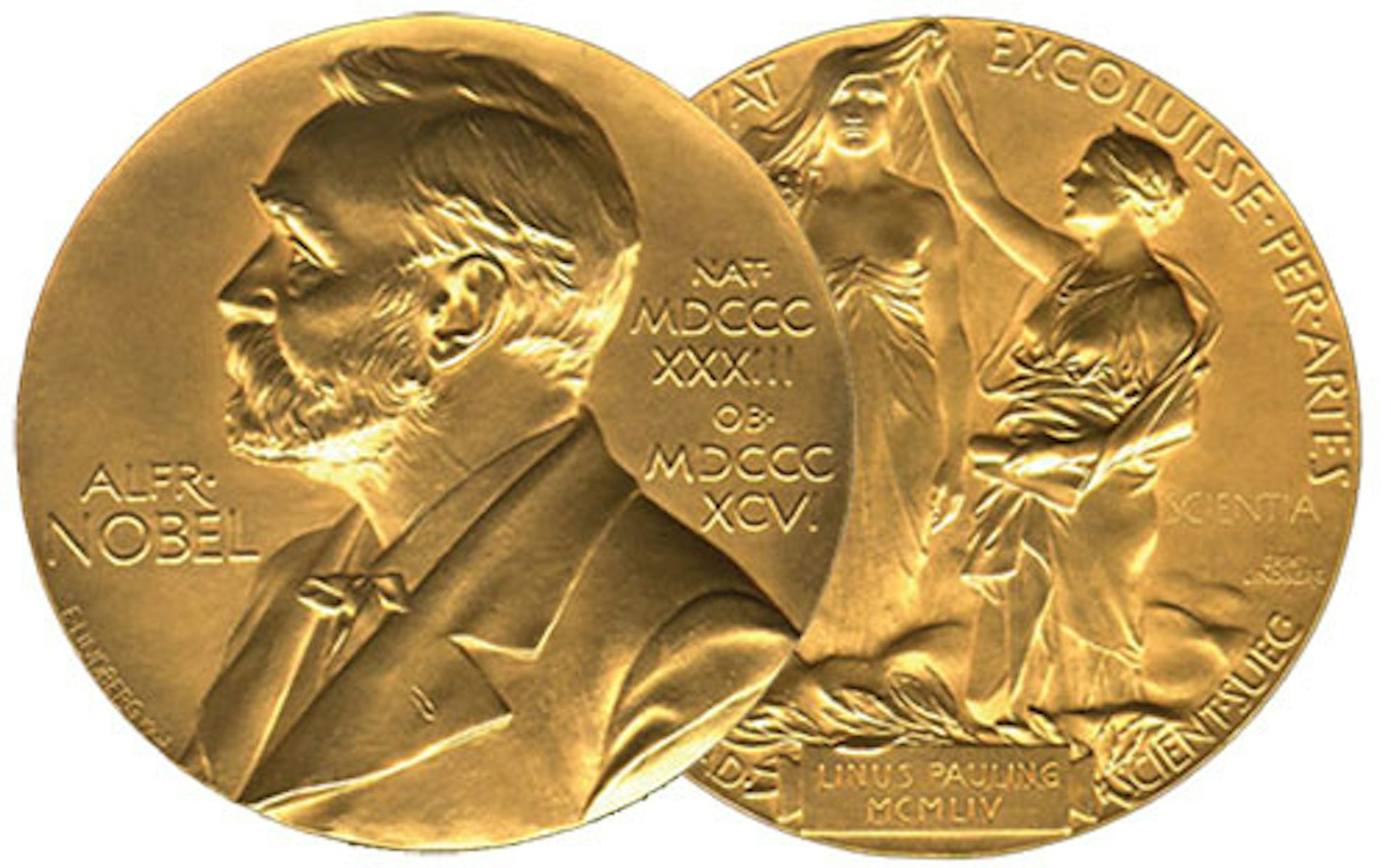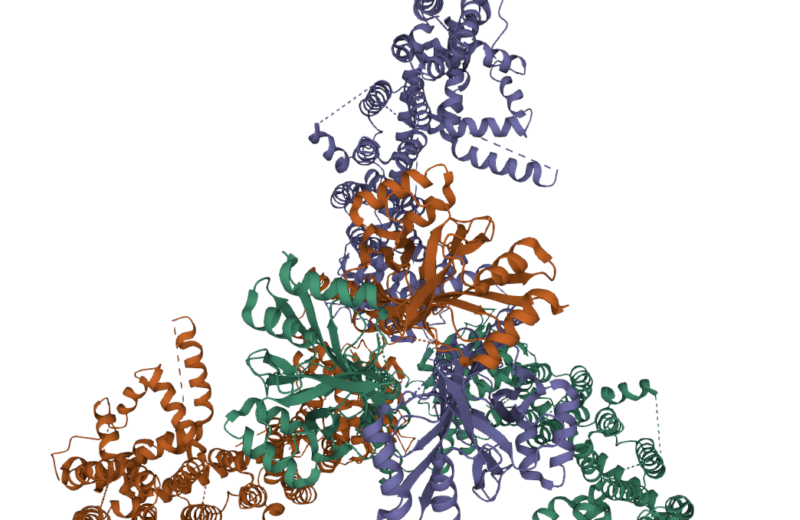Today's Nobel Prize is in "Physiology or Medicine," which often means "biology" these days. And 2021 is no exception, as two researchers have won for their discoveries of how humans detect their immediate environment through the sense of touch. David Julius won half the prize for identifying the protein that allows us to sense painful heat or its chemical mimic from chili peppers, and Ardem Patapoutian got the other half for figuring out how we sense physical touch.
The predominant finding made by both researchers relied on a clever scheme that allowed them to identify the critical gene involved in a fairly specific process. But that discovery opened the door to a lot of follow-on work. In the case of temperature, the work enabled the discovery of a small family of related proteins that all sense different aspects of heat or cold. And in the case of touch, the finding reveals that the same protein manages to track all sorts of stresses and strains inside the body.
Feel the burn
People who enjoy a good chili pepper will often talk about the heat generated by the chemicals it contains. That's not a metaphor—over the years, researchers have figured out that a key chemical in hot peppers, called capsaicin, activates the same nerve cells that are triggered by unpleasant heat.
David Julius is being honored because he figured out how to use that knowledge as a tool. He and his lab identified a capsaicin-sensitive nerve cell, and they obtained the messenger RNAs that encoded all the proteins made by these cells. The team's findings were divided into smaller collections of messenger RNAs that were then injected into capsaicin-insensitive cells. This allowed the team to identify which collections converted cells to being sensitive to capsaicin. By dividing these collections into ever-smaller subsets, the researchers were eventually able to focus on a single gene called TRPV1.
TRPV1 is part of a small family of related proteins, all of which sit in the membrane of a cell. In response to a stimulus like heat or capsaicin, the proteins open up a channel that lets charged ions flow into the cell, setting off a nerve impulse.
The fact that TRPV1 is a family of related proteins was important, since TRPV1 wasn't the end of the story. You could eliminate the gene in nerve cells, and they could still respond to painful heat. Over time, researchers showed that several different TRPV family members recognized heat and a variety of noxious chemicals. (A combination of TRPV1, TRPM3, and TRPA1 seems to be involved.) These proteins also help sense warm-but-not-painful levels of heat. A protein called TRPM8 senses cold temperatures.
Piecing together how all these proteins provide a clear picture of our environment is still keeping many labs occupied today, but the door was opened by the initial discovery of the TRPV1 protein's involvement.
A light touch
In a similar way, we've known for decades that some nerve cells are sensitive to touch. But we needed Ardem Patapoutian and his lab members to figure out how those cells do their sensing. And again, it was a matter of figuring out how to look. Patapoutian started by identifying a touch-sensitive cell line through a painstaking process: He hooked cells up to equipment that could recognize their nerve impulses, then started poking the cells. Most cells, being sensitive to some other factor, wouldn't respond. But eventually, Patapoutian identified a type of cell that shot off nerve impulses when poked.
This is where all the rejected cell lines became useful. The researchers built a complete list of genes active in the touch-sensitive cells, and they compared that list to ones generated from touch-insensitive cells. This comparison resulted in a list of 72 genes, any one of which could be the touch sensor. The researchers inactivated those genes one by one in the touch-sensitive cell line until they found the one that, when inactivated, eliminated the ability to detect touch.
The gene was nothing like what we've seen before. Many of the proteins that trigger or transmit nerve signals by allowing ions into or out of cells have six to 12 segments that pass through the cell membrane. Patapoutian found that the gene he was working on had 38 of these segments. The segments allowed the gene to spread the cell's membrane into a curved bowl-shaped depression. Pressure nearby on the membrane would flatten the bowl out and open a channel that allows ions to flow into the cell.
The protein, which Patapoutian termed PIEZO1, has a close relative called PIEZO2. Combined, the proteins appear to be needed for touch sensitivity in vertebrates. (Oddly, organisms like flies and worms, which have nervous systems that share many features with those of vertebrates, don't seem to have these genes.)
While temperature sensing was very complicated, the PIEZO picture was complex in that sensing strain was involved in a lot of things other than touch. Mice that lack the PIEZO2 gene die shortly after birth because they lose the ability to determine how inflated their lungs are. If the gene is deleted later in life, the animals can experience blood pressure problems, bladder problems, and digestive issues, all because they can no longer determine the stresses on their internal organs.
In addition, PIEZO2 seems to be involved in proprioception, which is the ability to sense how our body parts are located and oriented without looking at them. Thus, on top of everything else, loss of the gene's activity causes severe balance and movement problems.
Opening the door
There's no question that Julius and Patapoutian led research efforts that provided major insights into our senses. But in this case, the honor may in part be recognizing how much came after their initial discoveries. The research that developed around the TRPV and PIEZO discoveries is far too wide-ranging for any single lab to dominate it. The prize is also in an area of work—how does the body sense the world within and outside it?—that interests many people.
Given those factors, we shouldn't be surprised that many labs built on the discoveries of these two researchers, and there are plenty of papers on these topics that don't involve either Julius or Patapoutian. That may be the critical measure of the importance of their work.
Listing image by PDB



3175x175(CURRENT).thumb.jpg.b05acc060982b36f5891ba728e6d953c.jpg)


Recommended Comments
There are no comments to display.
Join the conversation
You can post now and register later. If you have an account, sign in now to post with your account.
Note: Your post will require moderator approval before it will be visible.